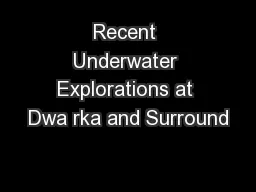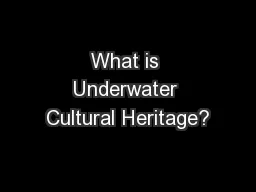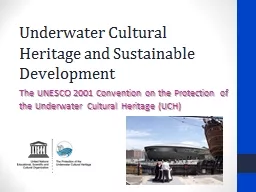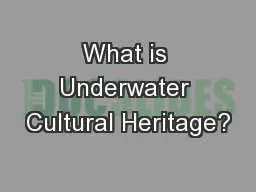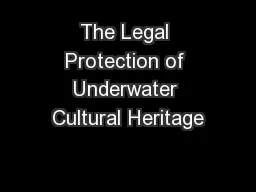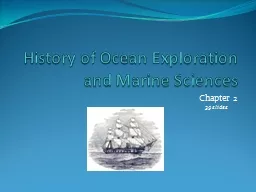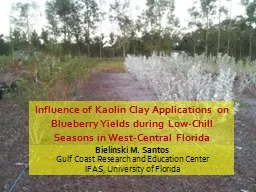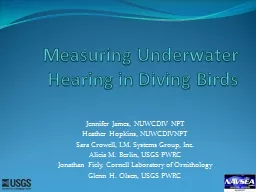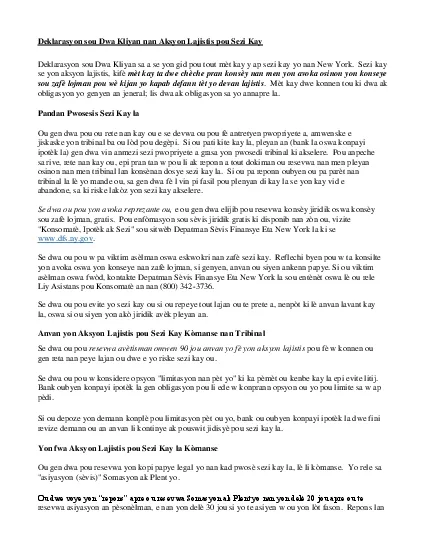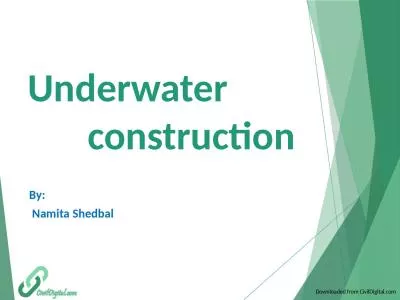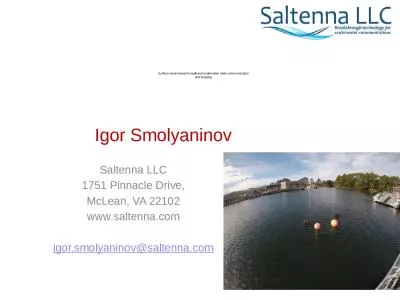PDF-Recent Underwater Explorations at Dwa rka and Surround
Author : olivia-moreira | Published Date : 2015-06-15
S Gaur Sundaresh P Gudigar Sila Tripati KH Vora and SN Bandodker National Institute of Ocenography Dona Paula Goa 403 004 Abstract Onshore explorations were carried
Presentation Embed Code
Download Presentation
Download Presentation The PPT/PDF document "Recent Underwater Explorations at Dwa rk..." is the property of its rightful owner. Permission is granted to download and print the materials on this website for personal, non-commercial use only, and to display it on your personal computer provided you do not modify the materials and that you retain all copyright notices contained in the materials. By downloading content from our website, you accept the terms of this agreement.
Recent Underwater Explorations at Dwa rka and Surround: Transcript
Download Rules Of Document
"Recent Underwater Explorations at Dwa rka and Surround"The content belongs to its owner. You may download and print it for personal use, without modification, and keep all copyright notices. By downloading, you agree to these terms.
Related Documents

